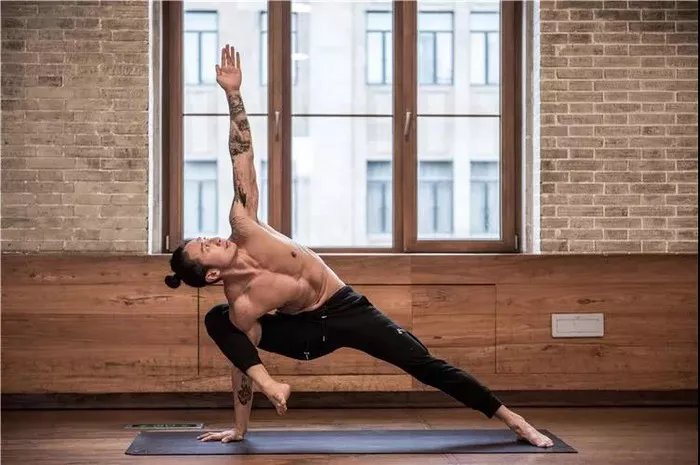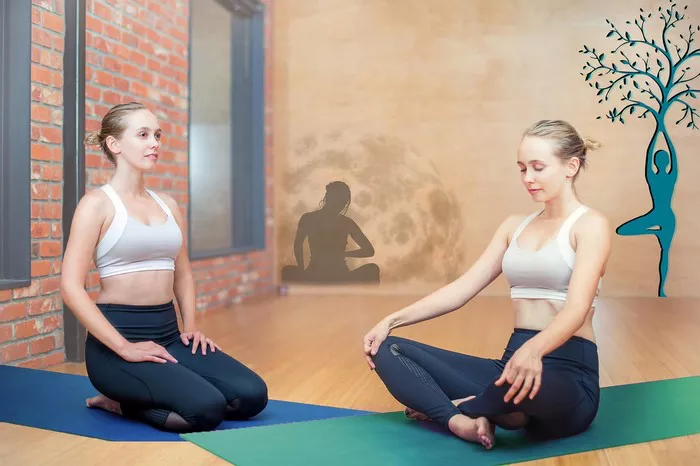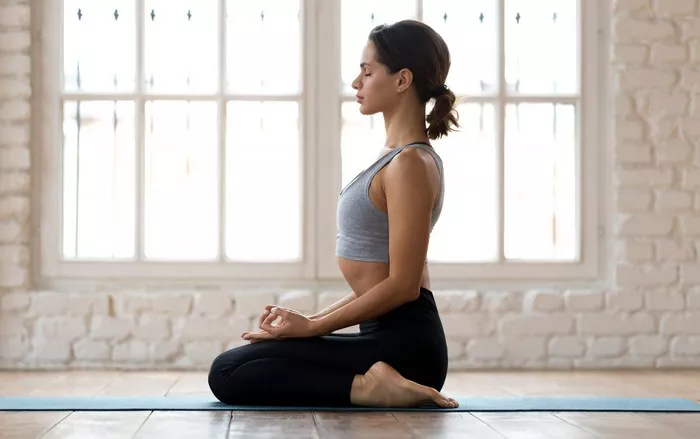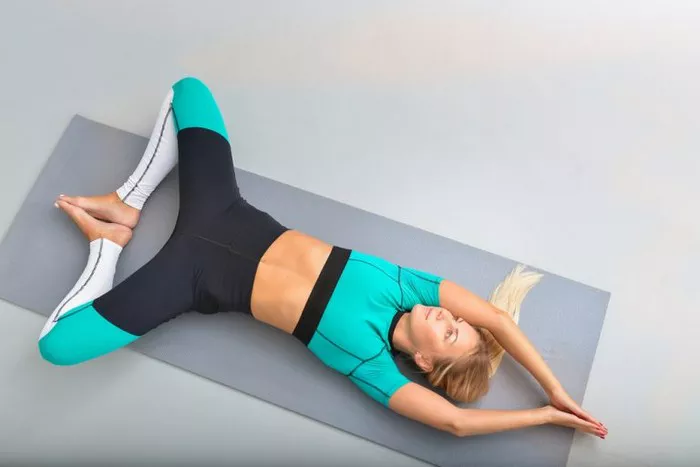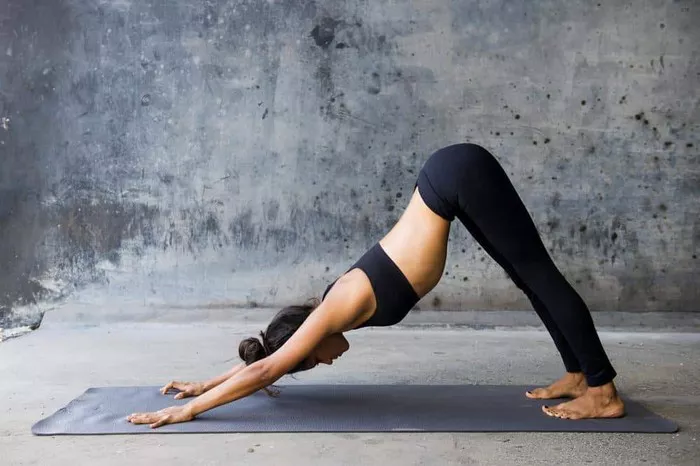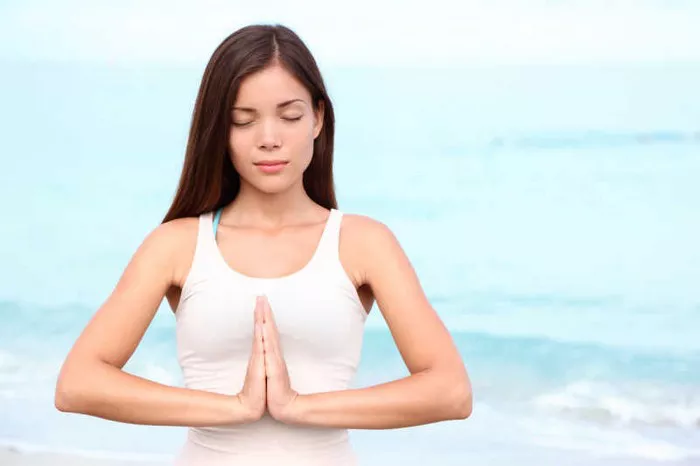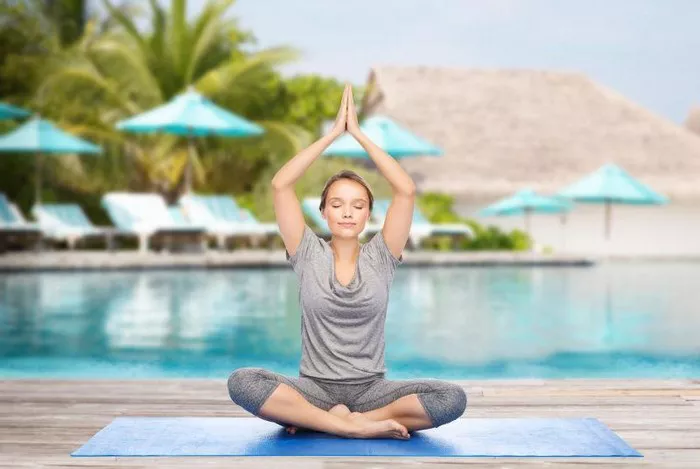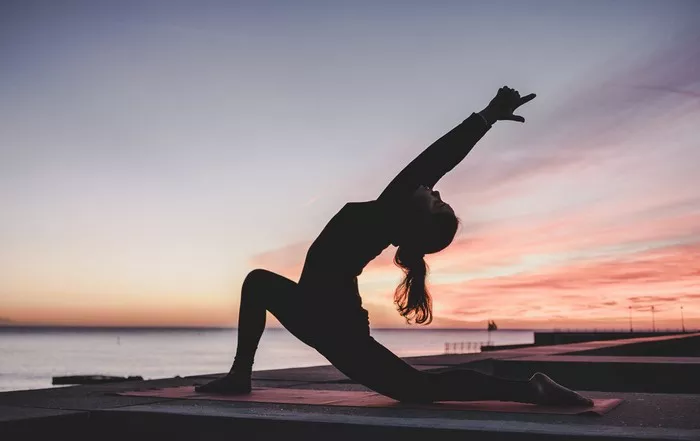Osteoporosis is a condition characterized by weakened bones, making them fragile and more susceptible to fractures. It is particularly common among older adults, especially postmenopausal women, but it can affect anyone. Exercise plays a crucial role in managing osteoporosis by strengthening bones, improving balance, and reducing the risk of falls. Among the various exercise options available, yoga and Pilates are two popular low-impact disciplines often recommended for bone health. But which one is better for osteoporosis? Let’s explore the benefits, risks, and suitability of both practices for individuals with osteoporosis.
Understanding Osteoporosis and Exercise Needs
Before diving into the comparison of yoga and Pilates, it is essential to understand what people with osteoporosis need in an exercise program. Key goals include:
Improving Bone Density: Weight-bearing exercises stimulate bone growth.
Enhancing Balance and Coordination: This helps prevent falls, a major cause of fractures.
Strengthening Muscles: Stronger muscles support bones and reduce the risk of injury.
Promoting Flexibility and Posture: Proper posture reduces spinal compression and fractures.
Preventing Fractures: Avoiding movements that put excessive strain on weak bones is crucial.
With these goals in mind, let’s examine how yoga and Pilates address osteoporosis management.
Yoga for Osteoporosis
Benefits of Yoga for Osteoporosis
Yoga is a mind-body practice that combines physical postures, breathing techniques, and meditation. Research suggests that yoga can be beneficial for osteoporosis in several ways:
Weight-Bearing Exercise: Many standing yoga poses require individuals to bear weight through the legs and arms, stimulating bone strength.
Improved Balance: Poses such as Tree Pose and Warrior Poses enhance stability, reducing the likelihood of falls.
Posture Improvement: Yoga strengthens the core and back muscles, which can help prevent kyphosis (hunchback) and reduce spinal fractures.
Gentle on Joints: Yoga is low-impact, making it a safe option for those with joint issues.
Stress Reduction: The mindfulness aspect of yoga helps manage stress, which may indirectly support bone health by reducing inflammation and cortisol levels.
Risks of Yoga for Osteoporosis
While yoga has many benefits, certain movements may be risky for people with osteoporosis:
Forward Bending (Flexion Movements): Poses such as Standing Forward Bend and Seated Forward Fold can increase spinal fracture risk.
Twisting Movements: Deep spinal twists may exert excessive pressure on vertebrae.
Extreme Backbends: Overarching the spine in poses like Wheel Pose can strain weakened bones.
To safely practice yoga with osteoporosis, individuals should focus on modified poses, avoid deep flexion or twisting, and work with an experienced instructor familiar with bone health concerns.
Pilates for Osteoporosis
Benefits of Pilates for Osteoporosis
Pilates is a system of exercises focused on core strength, flexibility, and overall body alignment. Many osteoporosis-friendly Pilates exercises can be highly beneficial:
Core Strengthening: Pilates emphasizes deep core engagement, which helps support the spine and prevent fractures.
Improved Posture: Strengthening the back muscles can reduce kyphosis and improve spinal alignment.
Balance and Coordination: Controlled movements enhance balance, reducing fall risk.
Gentle on the Joints: Like yoga, Pilates is low-impact and can be adapted for those with osteoporosis.
Weight-Bearing Potential: Some standing and resistance exercises in Pilates stimulate bone growth.
Risks of Pilates for Osteoporosis
Although Pilates has many advantages, certain movements should be approached with caution or avoided:
Excessive Spinal Flexion: Many traditional Pilates exercises involve rolling or bending the spine forward, which can be risky for osteoporosis patients.
Overly Intense Core Exercises: Moves like the classic Pilates Roll-Up can put too much pressure on the spine.
Twisting Motions: Similar to yoga, excessive spinal rotation should be avoided.
A modified Pilates routine with a focus on spinal neutrality and careful movement can be highly effective for osteoporosis.
Choosing the Right Practice
If you have osteoporosis, the best choice depends on your goals and personal preferences:
- If you want a holistic approach that includes relaxation, mindfulness, and flexibility, yoga may be the better choice.
- If your priority is core strength, balance, and posture without as much focus on meditation, Pilates may be a better fit.
Regardless of your choice, working with a knowledgeable instructor and avoiding risky movements is essential.
Final Recommendations
Consult Your Doctor: Before starting any new exercise regimen, seek medical advice.
Work with a Certified Instructor: Find an instructor experienced in osteoporosis-friendly modifications.
Prioritize Safety: Avoid excessive spinal flexion, deep twists, and high-impact movements.
Incorporate Strength Training: Combining yoga or Pilates with resistance exercises can further enhance bone health.
Listen to Your Body: Pain or discomfort is a sign to adjust or stop an exercise.
Conclusion
Both yoga and Pilates can be excellent options for managing osteoporosis when practiced safely. The best approach may involve integrating elements of both disciplines, focusing on bone-friendly movements while avoiding those that could increase fracture risk. With the right modifications and guidance, you can strengthen your bones, improve balance, and enhance overall well-being through yoga or Pilates.
Related Topics:


